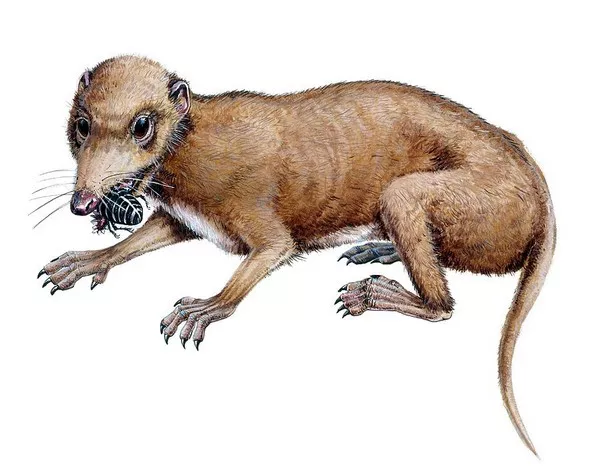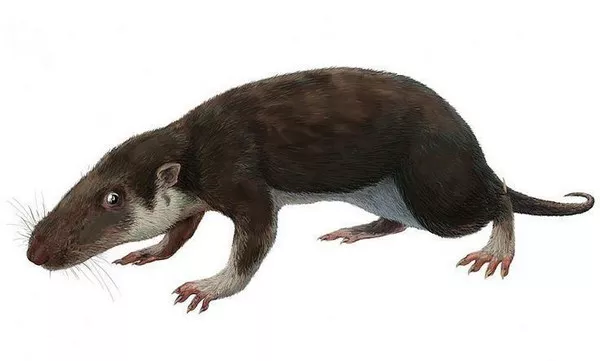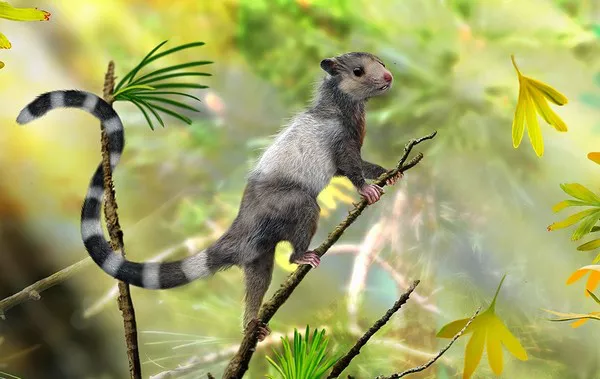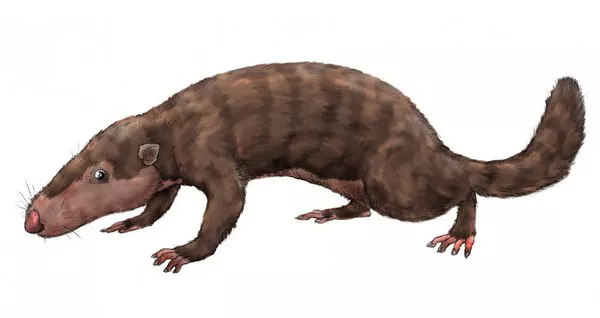The Jurassic Period, spanning from approximately 201 to 145 million years ago, is widely celebrated for the dominance of dinosaurs. However, amidst these colossal reptiles, early mammals quietly carved out their own niches in the ancient ecosystems of our planet. Africa, a continent known for its rich biodiversity, was no exception. This article delves into the fascinating world of Jurassic mammals in Africa, exploring their discovery, characteristics, and significance in the evolutionary history of mammals.
The Jurassic Period: Setting the Stage
To appreciate the mammalian life of the Jurassic, it’s essential to understand the broader ecological and geological context of the period. The Jurassic Period is characterized by warm climates, high sea levels, and the breakup of the supercontinent Pangaea into smaller landmasses. This era is divided into three epochs: Early Jurassic, Middle Jurassic, and Late Jurassic.
1. Climate and Environment
The climate during the Jurassic was generally warm and humid, leading to lush vegetation and diverse ecosystems. Africa, part of the southern landmass Gondwana, featured extensive forests, river systems, and coastal areas, providing varied habitats for early mammals.
2. Geological Activity
The Jurassic was marked by significant geological activity, including volcanic eruptions and the formation of mountain ranges. These processes contributed to the creation of diverse habitats and influenced the distribution and evolution of life, including early mammals.
See Also: Top 10 Largest Mammals in the Arctic (Plus Pistures!)
Discovering Jurassic Mammals in Africa
The fossil record of Jurassic mammals in Africa is relatively sparse compared to other regions like Asia and Europe. However, several notable discoveries have provided valuable insights into the diversity and adaptation of these ancient creatures.
1. Tendaguru Formation
The Tendaguru Formation in Tanzania is one of Africa’s most famous Jurassic fossil sites. Known primarily for its dinosaur fossils, this formation has also yielded important mammalian fossils, offering a glimpse into the small but diverse world of Jurassic mammals.
2. Fossil Discoveries
The discovery of Jurassic mammals in Africa has been challenging due to the continent’s dense vegetation and weathering processes that obscure or destroy fossils. However, paleontologists have unearthed several significant specimens, helping to piece together the evolutionary history of these early mammals.
Notable Jurassic Mammals of Africa
While the list of known Jurassic mammals from Africa is limited, the species that have been discovered provide crucial insights into mammalian evolution. Here are some of the notable Jurassic mammals from Africa:
1. Megazostrodon

Megazostrodon is one of the earliest and most primitive known mammals, living during the Late Triassic to Early Jurassic. Fossils of Megazostrodon have been found in Southern Africa, particularly in the Elliot Formation in Lesotho and South Africa. This small, shrew-like mammal is significant for its advanced mammalian characteristics compared to its predecessors.
Physical Characteristics: Megazostrodon was small, approximately the size of a modern-day mouse, with a length of about 10-12 centimeters. It had differentiated teeth, including molars and incisors, adapted for an insectivorous diet.
Behavior and Habitat: This early mammal was likely nocturnal, using its keen senses to avoid predators and hunt for insects. It inhabited forested areas, where it could find ample food and shelter.
2. Adelobasileus

Adelobasileus is a genus of early mammaliaforms from the Late Triassic to Early Jurassic periods. While primarily known from North American fossils, fragmentary remains suggest its presence in Africa, indicating a broader geographical range.
Physical Characteristics: Adelobasileus was a small, insectivorous mammal with a skull that shows early mammalian features, such as a single jawbone and advanced ear structure.
Behavior and Habitat: Similar to Megazostrodon, Adelobasileus likely led a nocturnal and insectivorous lifestyle, living in diverse habitats that provided cover and food sources.
3. Haramiyavia

Haramiyavia is one of the earliest known members of the Haramiyida, an extinct order of mammaliaforms. Fossils of Haramiyavia have been found in both Africa and other parts of Gondwana, highlighting its wide distribution during the Jurassic.
Physical Characteristics: Haramiyavia had unique dental characteristics, with multi-cusped teeth that suggest a diet including plant material, making it one of the earliest herbivorous mammals.
Behavior and Habitat: This small mammal likely lived in forested environments, where it could feed on a variety of plant materials. Its dental adaptations indicate a shift towards herbivory in early mammalian evolution.
The Significance of African Jurassic Mammals
The discovery and study of Jurassic mammals in Africa are crucial for several reasons:
1. Understanding Early Mammalian Evolution
Jurassic mammals like Megazostrodon and Haramiyavia provide critical insights into the early stages of mammalian evolution. Their anatomical features and ecological adaptations help scientists understand how mammals evolved from their reptilian ancestors and diversified into various ecological niches.
2. Biogeography and Continental Drift
The presence of similar mammalian species across different parts of Gondwana, including Africa, supports theories of continental drift and the historical connectivity of landmasses. These findings help reconstruct ancient ecosystems and the distribution of early mammals.
3. Adaptation and Survival
Studying the adaptations of Jurassic mammals, such as nocturnality and dietary specialization, sheds light on how these early creatures survived and thrived in environments dominated by dinosaurs. These adaptations laid the groundwork for the success of mammals in later periods.
Challenges and Opportunities in African Paleontology
Researching Jurassic mammals in Africa presents unique challenges and opportunities. The continent’s vast and diverse landscapes, coupled with climatic and geological factors, pose difficulties for fossil discovery and preservation. However, advancements in technology and increased collaboration among scientists are opening new avenues for exploration.
1. Technological Advancements
Modern technologies, such as remote sensing, ground-penetrating radar, and CT scanning, are revolutionizing paleontology. These tools enable researchers to locate and study fossils with greater precision, uncovering details that were previously inaccessible.
2. International Collaboration
Collaborative efforts among international paleontologists, local researchers, and institutions are enhancing the study of African fossils. These partnerships facilitate knowledge exchange, resource sharing, and comprehensive fieldwork, leading to more significant discoveries.
3. Conservation and Preservation
Conservation efforts are essential for preserving fossil sites and ensuring sustainable research practices. Protecting these sites from illegal excavations and environmental degradation is crucial for maintaining Africa’s paleontological heritage.
See Also: 6 Animals We Ate Into Extinction (Plus Pictures!)
Conclusion:
The discovery of Jurassic mammals in Africa offers a fascinating glimpse into the early history of mammals on the continent. Species like Megazostrodon and Haramiyavia, though small and relatively obscure, played vital roles in the evolutionary narrative that led to the diverse array of mammals we see today.
As research continues and new technologies emerge, the story of Africa’s Jurassic mammals will become increasingly detailed and comprehensive. These ancient creatures, living in the shadows of dinosaurs, exemplify the resilience and adaptability that have characterized mammalian evolution from its earliest days.
Through dedicated research, collaboration, and public engagement, the study of Jurassic mammals in Africa will continue to illuminate the rich tapestry of life’s history on our planet, reminding us of the deep connections that bind all living beings across time and space.
You Might Be Interested In:



























